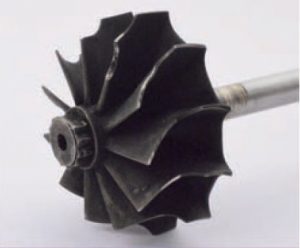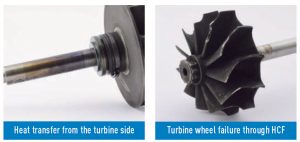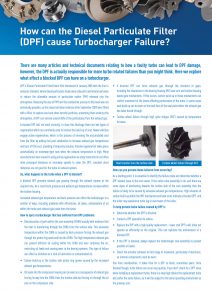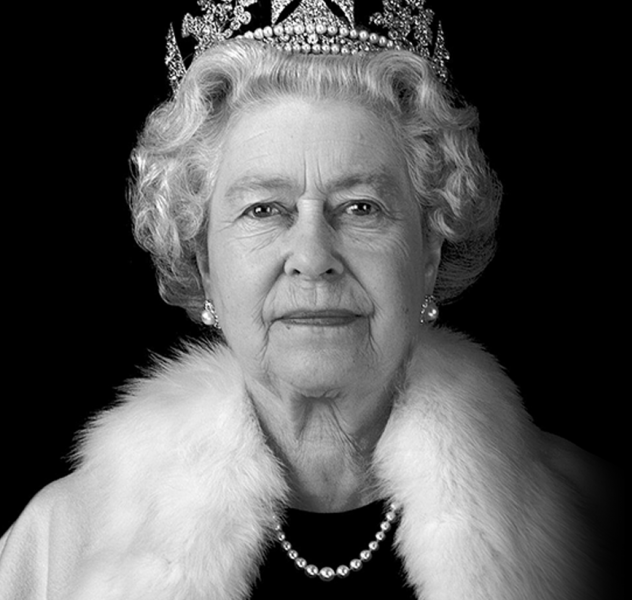Can the DPF cause turbo failure?

There are many articles and technical documents relating to how a faulty turbo can lead to DPF damage, however, the DPF is actually responsible for more turbo related failures than you might think. Here we explore what effect a blocked DPF can have on a turbocharger.
DPF’s (Diesel Particulate Filters) were first introduced in January 2005 with the Euro 4 emission standard, where diesel particulate levels were reduced to extremely low levels to reduce the allowable amount of particulate matter (PM) released into the atmosphere. Reducing the size of PM from the combustion process to this level was not technically possible, so this meant all diesel vehicles after September 2009 were fitted with a filter to capture soot and other harmful particles, preventing them entering the atmosphere. A DPF can remove around 85% of the particulates from the exhaust gas.
A blocked DPF will not work correctly, to clear this blockage there are two types of regeneration which are commonly used to remove the build-up of soot. Newer vehicles engage active regeneration, which is the process of removing the accumulated soot from the filter by adding fuel post combustion to increase exhaust gas temperatures and burn off the soot, providing a temporary solution. Passive regeneration takes place automatically on motorway-type runs when the exhaust temperature is high. Many manufacturers have moved to using active regeneration as many motorists do not often drive prolonged distances at motorway speeds to clear the DPF, constant short distances are not good for the turbo or exhaust system.
So, what happens to the turbo when a DPF is blocked?
A blocked DPF prevents exhaust gas passing through the exhaust system at the required rate. As a result back pressure and exhaust gas temperatures increase within the turbine housing.
Increased exhaust gas temperature and back pressure can affect the turbocharger in a number of ways, including problems with efficiencies, oil leaks, carbonisation of oil within the turbo and exhaust gas leaks from the turbo.
Downloads
How to spot a turbocharger that has suffered from DPF problems:
- Discolouration of parts within the core assembly (CHRA) usually with evidence that the heat is transferring through the CHRA from the turbine side. This excessive temperature within the CHRA is caused by back pressure forcing the exhaust gas through the piston ring seals and into the CHRA. The high temperature exhaust gas can prevent efficient oil cooling within the CHRA and even carbonise the oil, restricting oil feeds and causing wear to the bearing systems. This type of failure can often be mistaken as a lack of lubrication or contaminated oil.
- Carbon build-up in the turbine side piston ring groove caused by the increased exhaust gas temperatures.
- Oil leaks into the compressor housing can be seen as a consequence of exhaust gas forcing its way into the CHRA from the turbine side and forcing oil through the oil seal on the compressor side.
- A blocked DPF can force exhaust gas through the smallest of gaps, including the clearances in the bearing housing VNT lever arm and turbine housing waste gate mechanisms. If this occurs, carbon build up in these mechanisms can restrict movement of the levers affecting performance of the turbo. In some cases soot build up can be seen on the back face of the seal plate where the exhaust gas has been forced through.
- Turbine wheel failure through high cycle fatigue (HCF) caused by temperature increase.

How can you prevent these failures from occurring?
As a starting point, it is essential to identify the failure mode and determine whether a DPF related issue is the root cause. If the entire rotor assembly is ok, and there are some signs of overheating towards the turbine side of the core assembly then the failure is likely to be caused by excessive exhaust gas temperatures. High amounts of carbon build-up within the VNT mechanism and lever arms indicate a blocked DPF, and the driver may experience turbo lag or over boost of the turbo.
To help prevent turbo failure caused by DPF’s:
- Determine whether the DPF is blocked.
- Contact a DPF specialist for advice.
- Replace the DPF with a high quality replacement – lower cost DPF’s will often not operate as efficiently as the original. This can replicate the environment of a blocked DPF.
- If the DPF is blocked, always replace the turbocharger core assembly to prevent possible oil leaks.
- Check the actuator achieves its full range of movement, particularly if electronic, as internal components could be worn.
One final consideration, it takes time for a DPF to block, sometimes years. Once blocked though, turbo failure can occur very quickly. If you don’t check for a DPF issue when installing a replacement turbo, there is a very high chance the replacement turbo will suffer the same failure, as it will be subject to the same operating environment as the previous unit.



